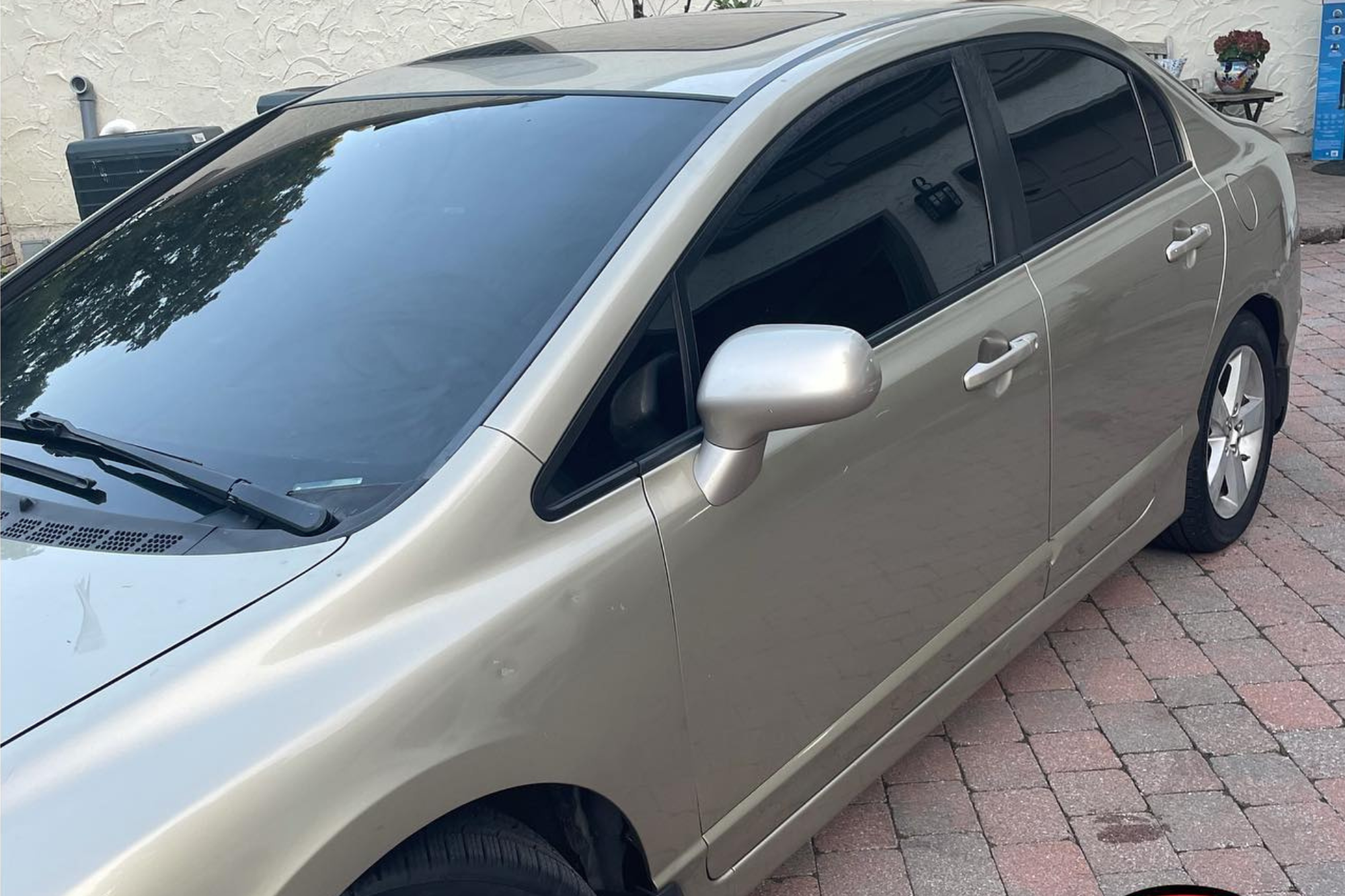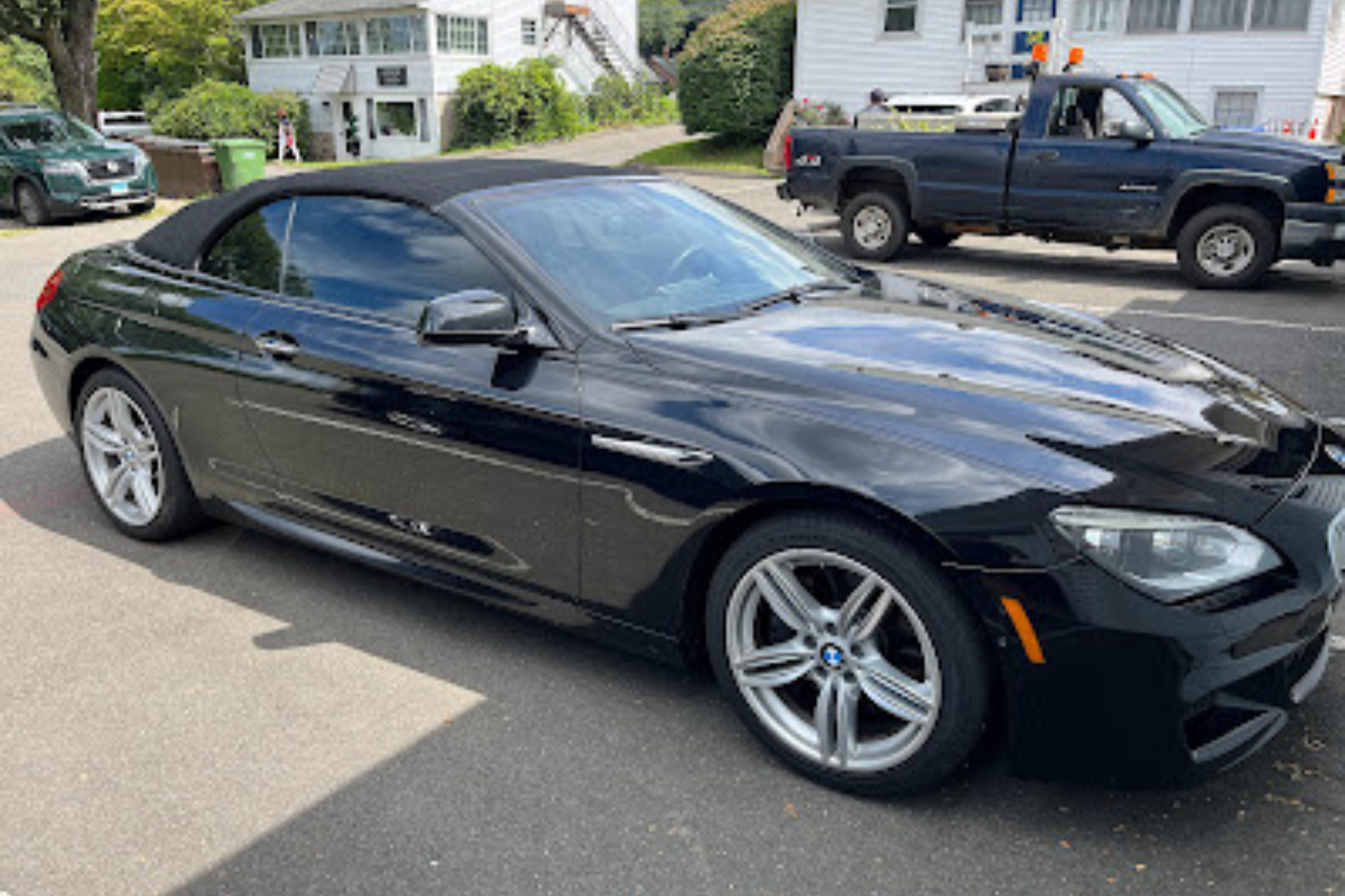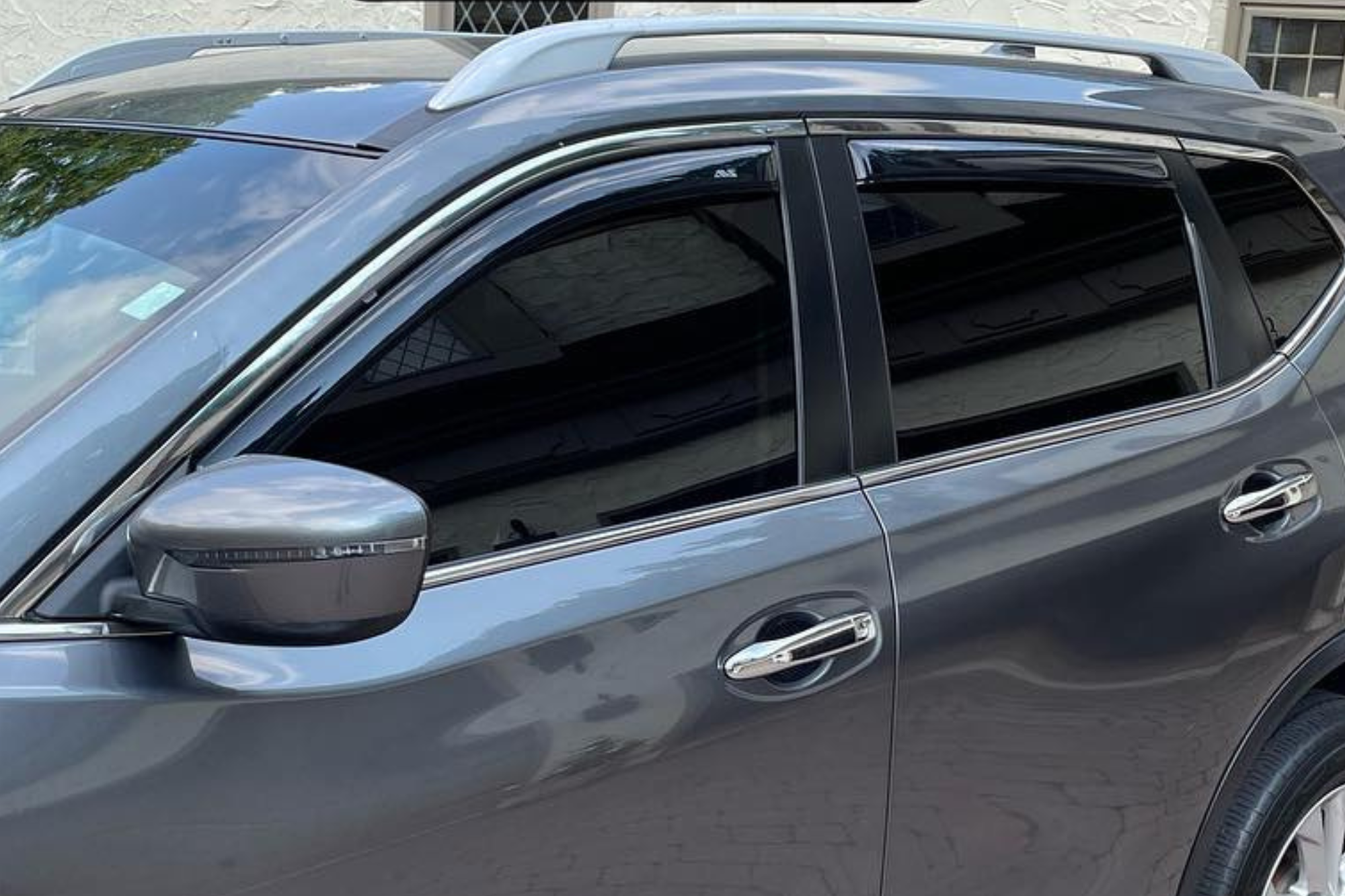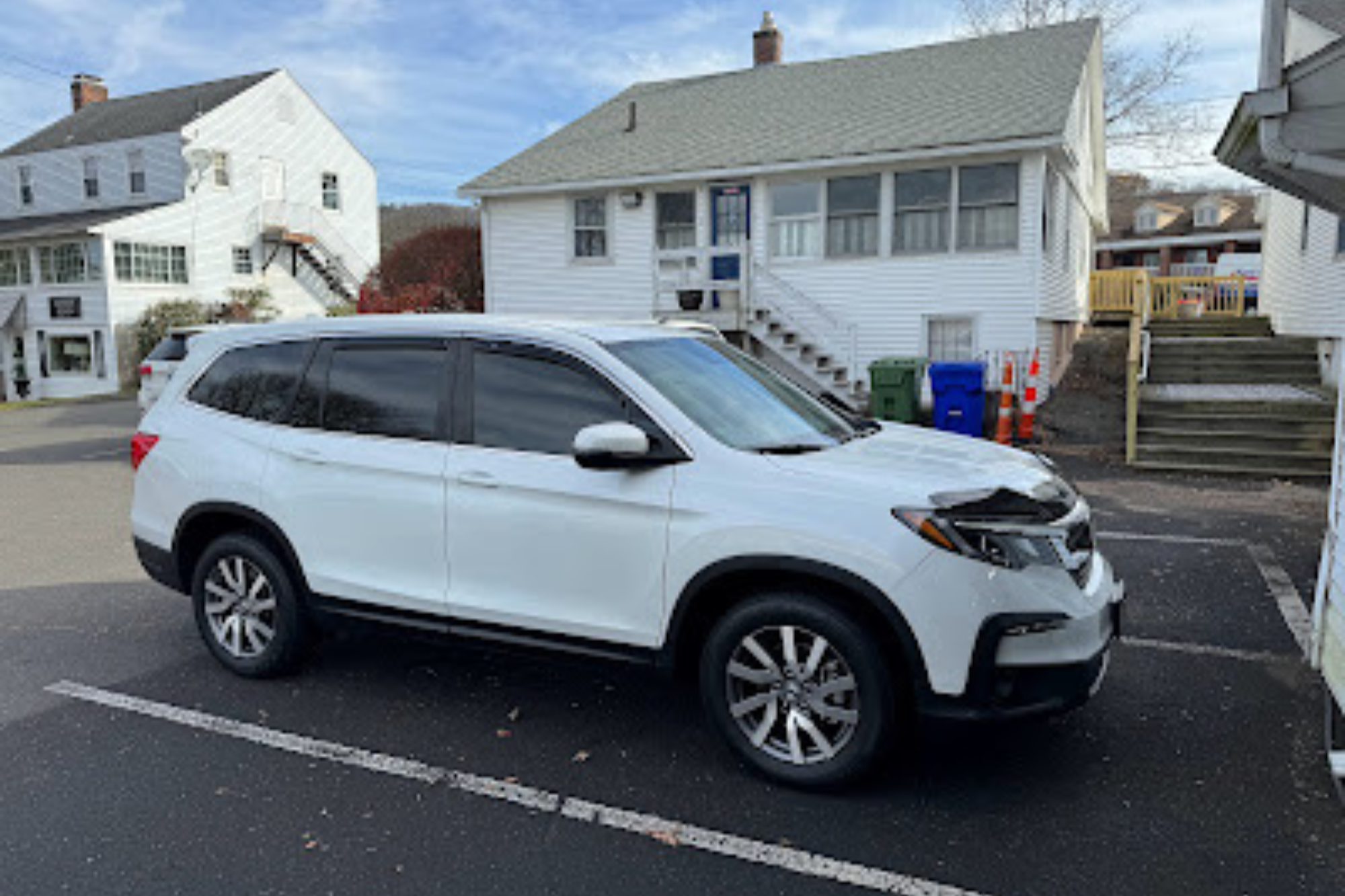When considering window tint percentages for your vehicle, your choice significantly impacts your comfort levels and privacy while driving. The level of tint you opt for can dramatically influence how you experience your car’s interior environment. From enhancing privacy and reducing heat to affecting visibility and safety, the tint percentage is essential to your overall driving experience. Understanding these effects can help you make an informed decision that suits your preferences and driving needs.
Key Takeaways
- Darker tints offer more privacy and heat reduction.
- Lighter tints maintain visibility and reduce glare.
- Optimal tint balances comfort, privacy, and visibility.
- Tint percentages impact interior temperature and aesthetics.
- Choosing the right tint level is crucial for comfort and privacy.
Benefits of Various Tint Percentages
When considering the benefits of window tint percentages for your vehicle, it’s essential to understand how different tint levels can impact your comfort and the overall driving experience.
Window tinting services enhance your car’s aesthetic appeal and play a vital role in heat rejection, directly affecting your comfort.
A darker tint percentage can significantly improve heat rejection, keeping the interior of your car cooler on hot days. By reducing the amount of solar energy entering the vehicle, darker tints help maintain a more pleasant temperature, especially during summer. This can lead to a more enjoyable driving experience and prevent the need for excessive air conditioning use, which can save fuel and reduce your carbon footprint.
Moreover, window tints enhance the aesthetic appeal of your vehicle by providing a sleek and modern look. The tinted windows add a touch of sophistication while also offering privacy and security.
This can create a sense of belonging among car enthusiasts who appreciate a well-maintained and stylish vehicle. The added privacy can also make your car interior feel like a personal sanctuary, enhancing your overall driving experience.
Choosing the Right Tint Level
When choosing the right window tint level for your vehicle, you must consider the ideal tint percentage that balances privacy and visibility.
Understanding how different tint levels affect comfort in sunlight is essential for creating a pleasant driving experience.
Optimal Tint Percentage
Selecting the ideal tint percentage for your vehicle is essential in enhancing both comfort and functionality. When considering the best tint percentage for your car, focusing on effective tinting techniques and shade selection is vital. The right tint level can help regulate your vehicle’s internal temperature, reducing glare and heat buildup during sunny days.
Additionally, it can provide privacy and security for you and your belongings. To determine the best tint percentage, consider the legal limits in your area and your specific needs. A lighter shade, such as 50% tint, balances visibility and heat reduction, making it a popular choice for many.
For those seeking more privacy and UV protection, a darker shade, like 20% tint, may be preferred. However, remember that highly dark tints can affect visibility at night and may not be legal in all regions.
Choosing the right tint percentage is a personal decision that should align with your comfort, style, and local regulations. You can find the best tint level that enhances your vehicle’s aesthetics and functionality by carefully evaluating your preferences and needs.
Privacy Vs. Visibility
Selecting the right tint level is essential for achieving the ideal balance between privacy and visibility in your vehicle. When considering tint darkness, find a level that offers the privacy you desire without compromising visibility.
Opting for a too-dark tint can hinder your ability to see clearly, especially at night or in low-light conditions. On the other hand, a lighter shade may not provide adequate privacy during the day. To strike the perfect balance, consider a medium-tint darkness that offers privacy from prying eyes and sufficient visibility for safe driving.
Finding the right tint level involves evaluating your specific needs and preferences. Consider where and when you typically drive and your comfort level with visibility from inside the vehicle.

Comfort in Sunlight
Choosing the right tint level for your vehicle’s windows can significantly impact your comfort in sunlight. The tint percentage is essential in combating sunlight glare and reducing heat inside your car.
Opting for a higher tint percentage, such as 35% or 20%, can effectively reduce the amount of sunlight entering your vehicle, minimizing glare and heat. These darker tints provide better heat reduction, making your driving experience more comfortable on sunny days.
However, darker tints may also slightly reduce visibility during nighttime or in dark environments.
On the other hand, lighter tint percentages like 50% or 70% offer some heat reduction benefits while maintaining good visibility.
Finding the right balance between sunlight glare reduction and visibility is critical to enhancing your comfort while driving in sunny conditions. Consider your preferences and driving habits when selecting the tint level that best suits your needs.
Maximizing Comfort With Tinting
Understanding the correlation between window tint percentages and your car’s interior environment is essential to optimizing comfort through window tinting.
When it comes to maximizing comfort with tinting, consider the following:
- Heat Rejection: Window tints with higher percentages can significantly reduce the heat entering your vehicle, keeping the interior cooler even on hot days. This can help you stay comfortable and avoid the discomfort of a sweltering car cabin.
- Glare Reduction: Tints with the correct percentage can effectively minimize glare from the sun, making it easier to see the road ahead without straining your eyes. Reduced glare not only enhances comfort but also improves safety during your drive.
- UV Protection: Opting for window tints with appropriate percentages can block harmful UV rays from entering your car, protecting you and your vehicle’s interior from sun damage. This contributes to a more comfortable ride and helps preserve the quality of your car’s upholstery and dashboard.
Privacy Considerations With Window Tints
Considering privacy when choosing window tints is essential for maintaining security and seclusion while driving or parked.
Window tinting regulations vary by location, so confirming that your tint complies with local laws is vital. Privacy is crucial when choosing the right tint percentage for your car windows. Opting for a darker shade can offer increased privacy by making it harder for outsiders to see inside your vehicle. This added layer of seclusion can enhance your overall driving experience, providing comfort and security.
Window tints offer privacy and security advantages. Tints can help deter potential thieves or vandals by obscuring the view into your car.
This added layer of privacy can prevent valuable items inside your vehicle from being easily spotted, reducing the risk of break-ins. When selecting a window tint, consider the aesthetic appeal and the security benefits it can provide.
Impact on Vehicle Interior Temperature
The window tint percentage on your vehicle can considerably impact the interior temperature.
Here’s how different tint percentages affect the heat and glare inside your car:
- Heat Reduction: Window tints with higher percentages block more sunlight, reducing the heat entering your vehicle. This can help keep your car cooler on hot days, making it more comfortable for you and your passengers.
- Glare Reduction: Tinted windows also help reduce glare from the sun, headlights, and other bright light sources. This can improve driving visibility, making your journey safer and more pleasant.
- Optimal Balance: Choosing the right window tint percentage is essential for achieving the perfect balance between heat reduction and visibility.
Dark tints may help your view, while too-light tints might need to provide more heat protection.
Maintaining Legal Compliance
Understanding the regulations set forth by your state or country is essential for guaranteeing legal compliance for window tint percentages on your vehicle.
Legal regulations regarding car window tint percentages, commonly known as tint laws, vary markedly between different regions. These laws typically dictate the maximum allowable darkness of the tint you can apply to your vehicle’s windows.
Failure to comply with these regulations can result in fines, citations, or even the removal of the tint to meet the legal requirements.
To maintain compliance with tint laws, you should familiarize yourself with the specific regulations applicable to your area.
These laws often specify the percentage of light passing through the tinted windows, measured as Visible Light Transmission (VLT).
It’s vital to ascertain that the tint percentage on all your windows, including the front, rear, and side windows, complies with these regulations.
Some regions may have additional restrictions on the reflectiveness of the tint or the placement of tint on specific windows.
You’ve learned how different window tint percentages can impact your car’s comfort and privacy. Effectively balancing tint levels can optimize your driving experience with Incognito Tints LLC Avon CT. Consider the benefits of each percentage to enhance your vehicle’s temperature control, visibility, and privacy. Remember, the correct tint level will keep you comfortable and guarantee safety and compliance with legal regulations. Choose Incognito Tints LLC Avon CT wisely for a driving experience that meets all your needs.


